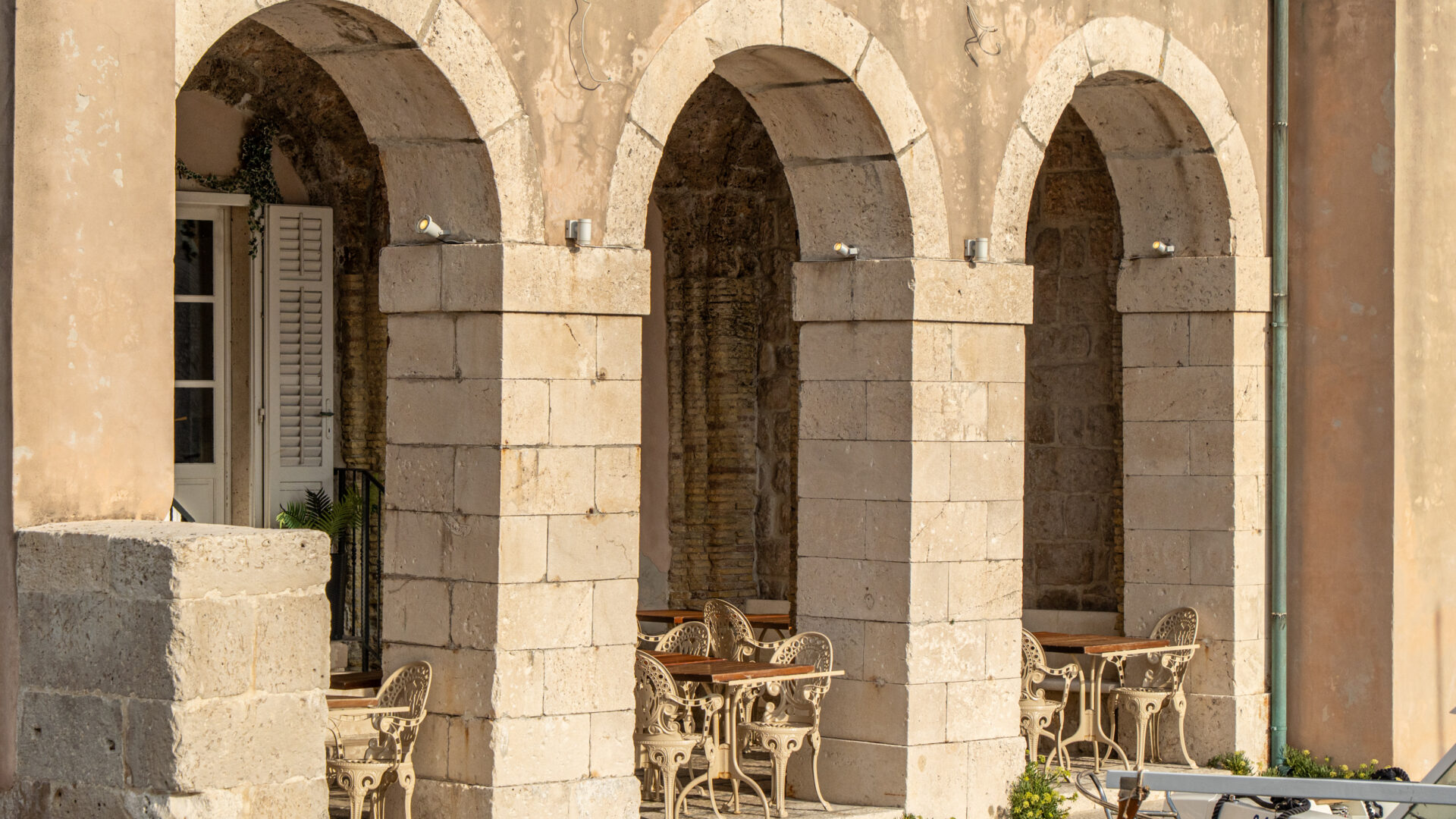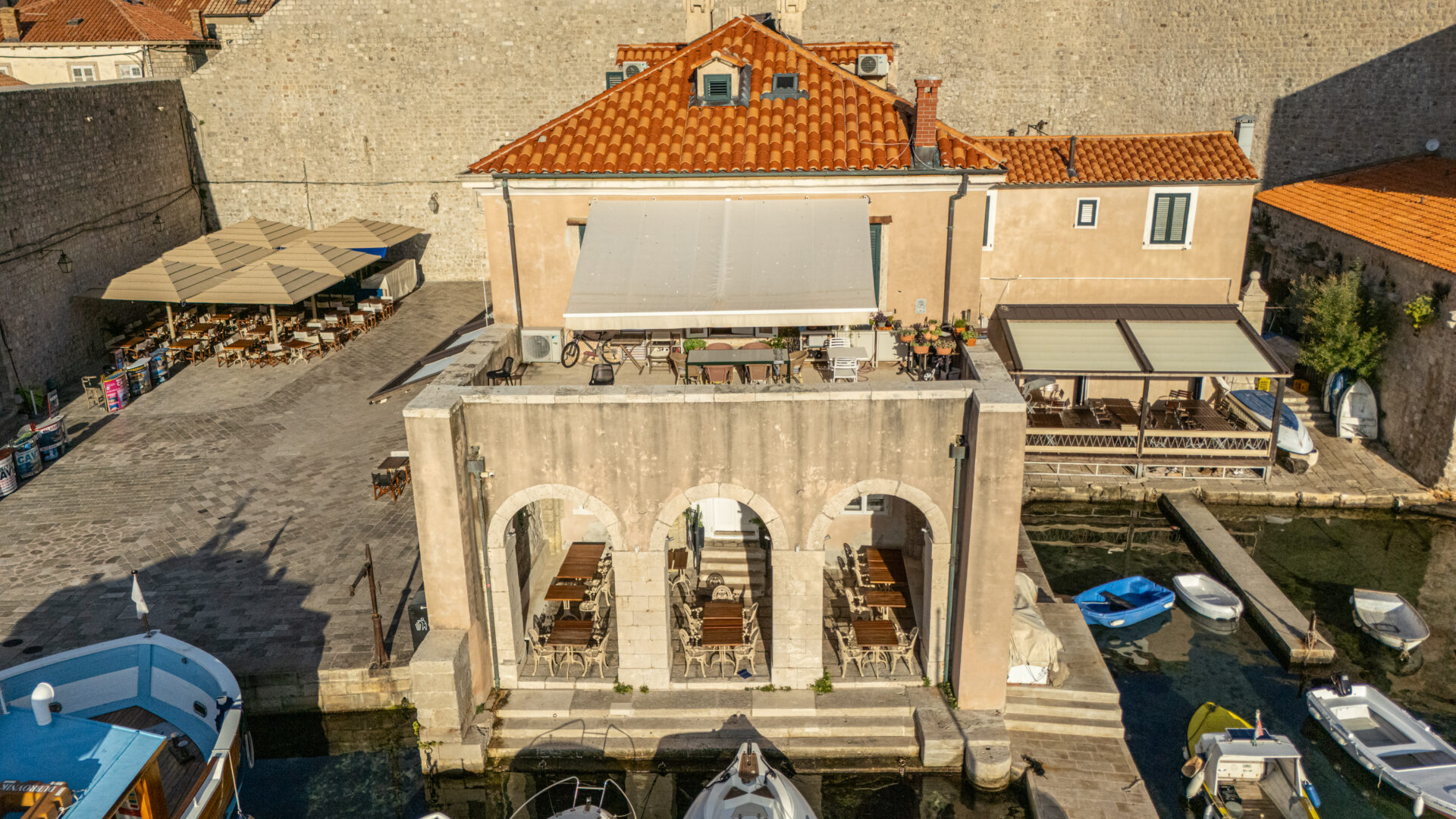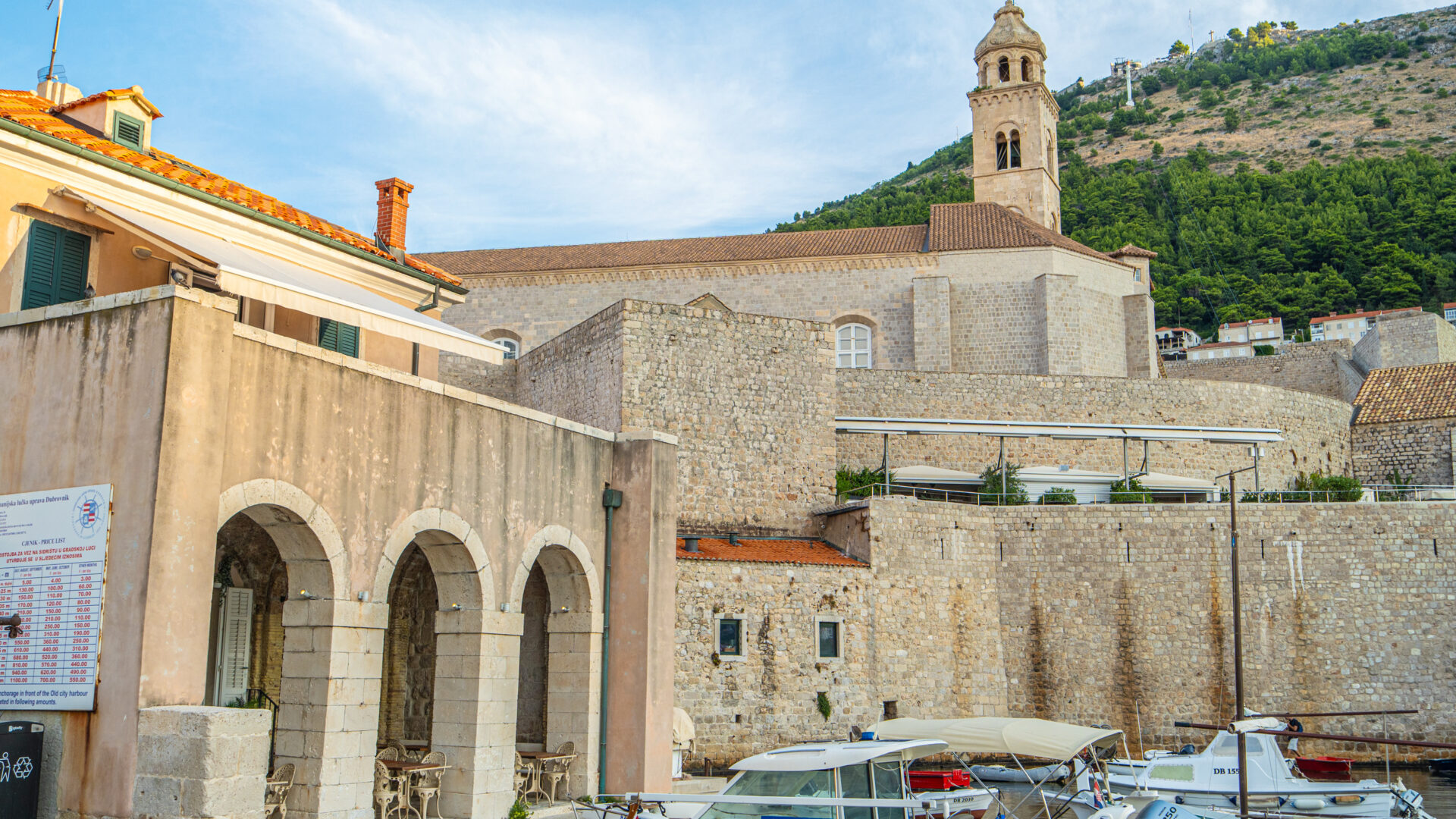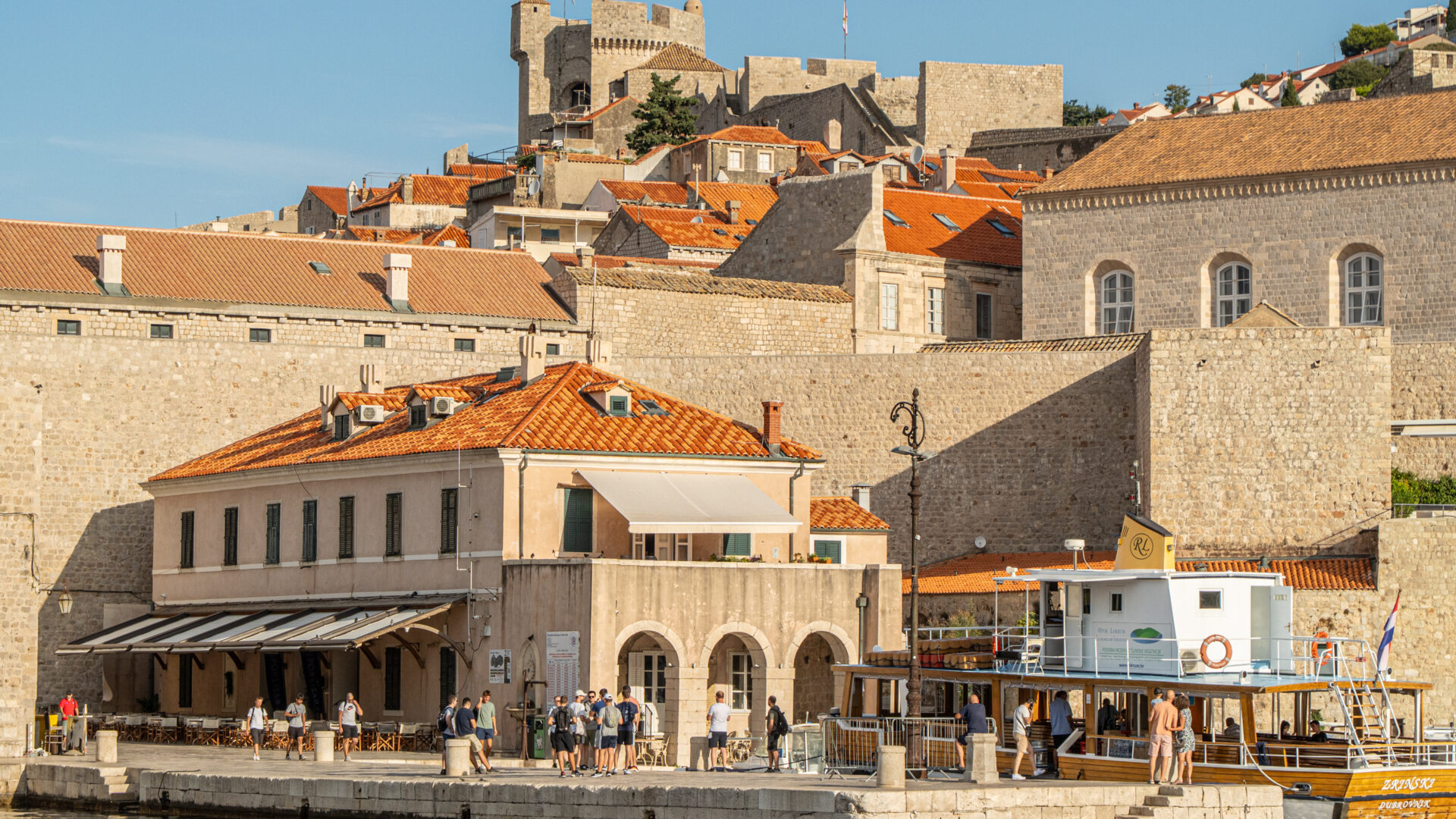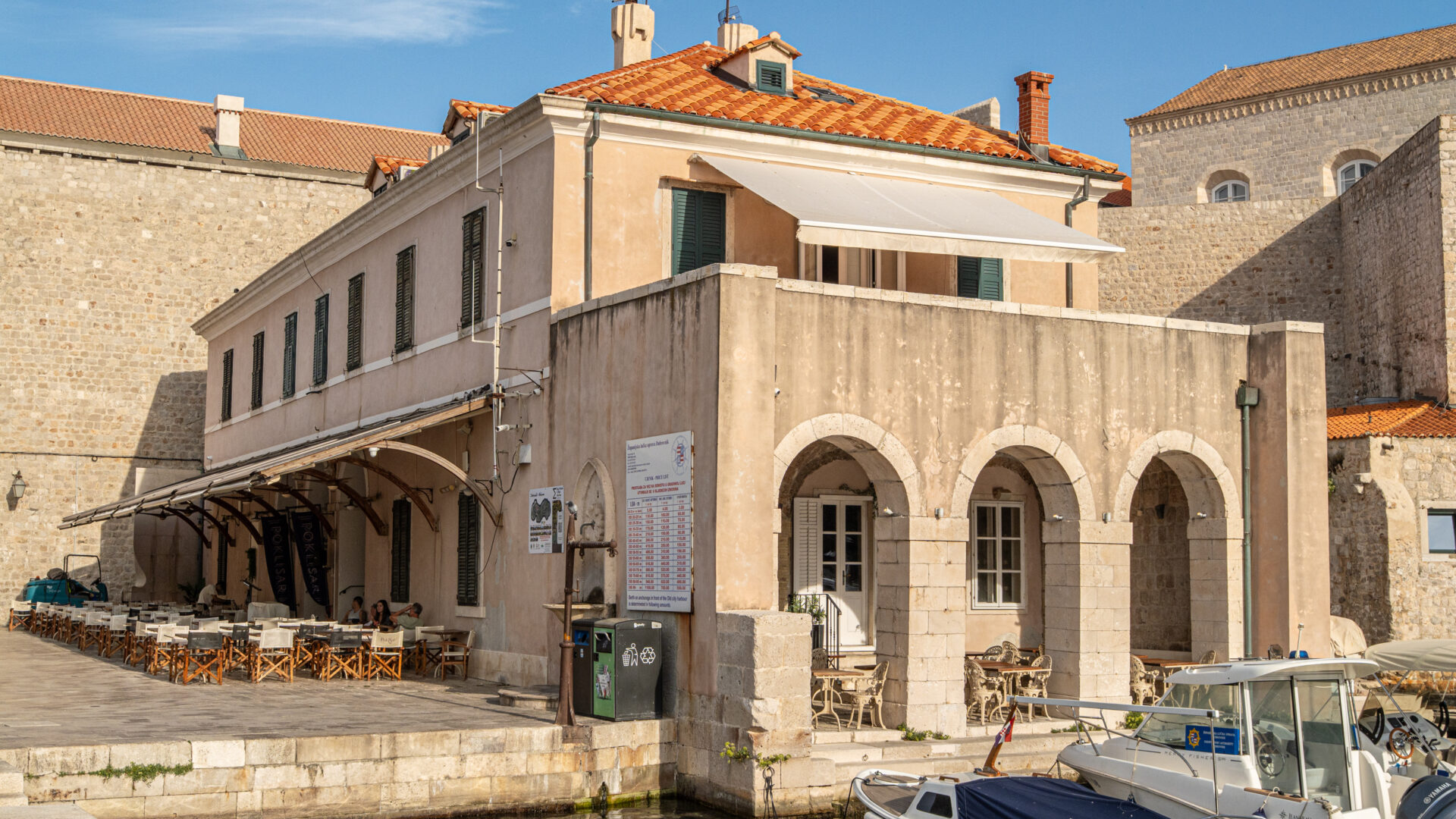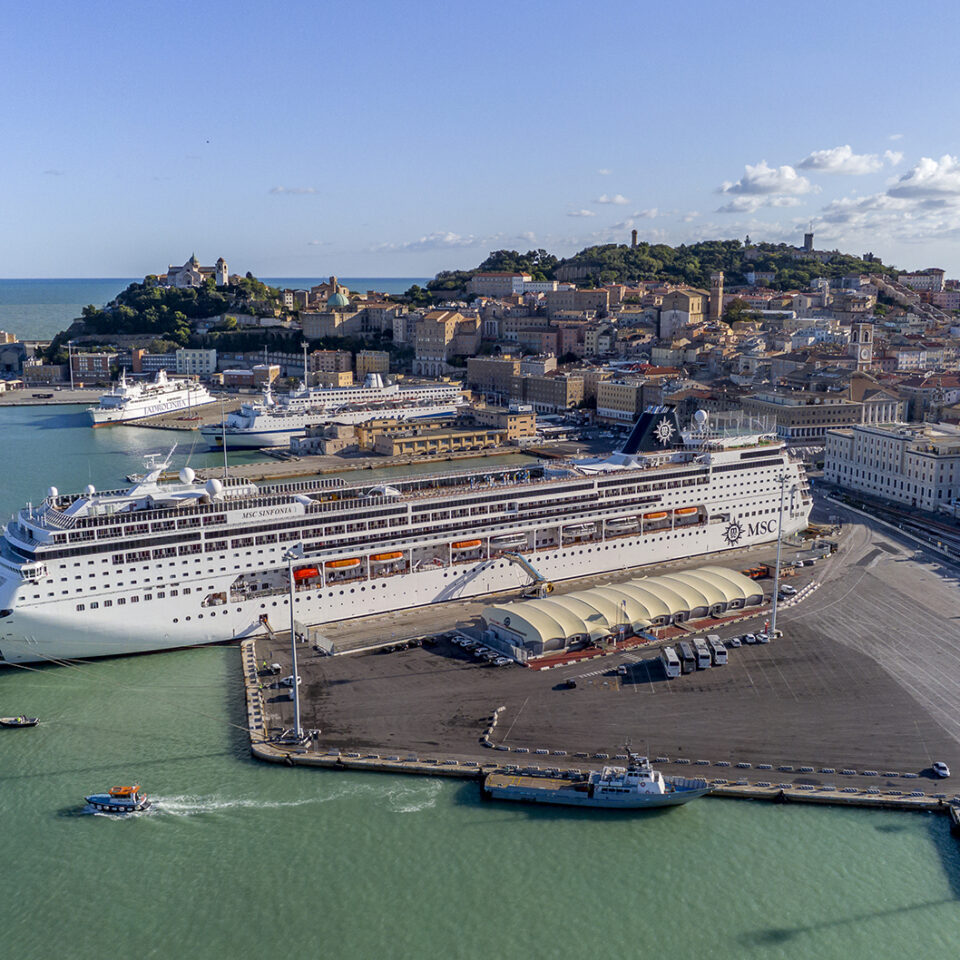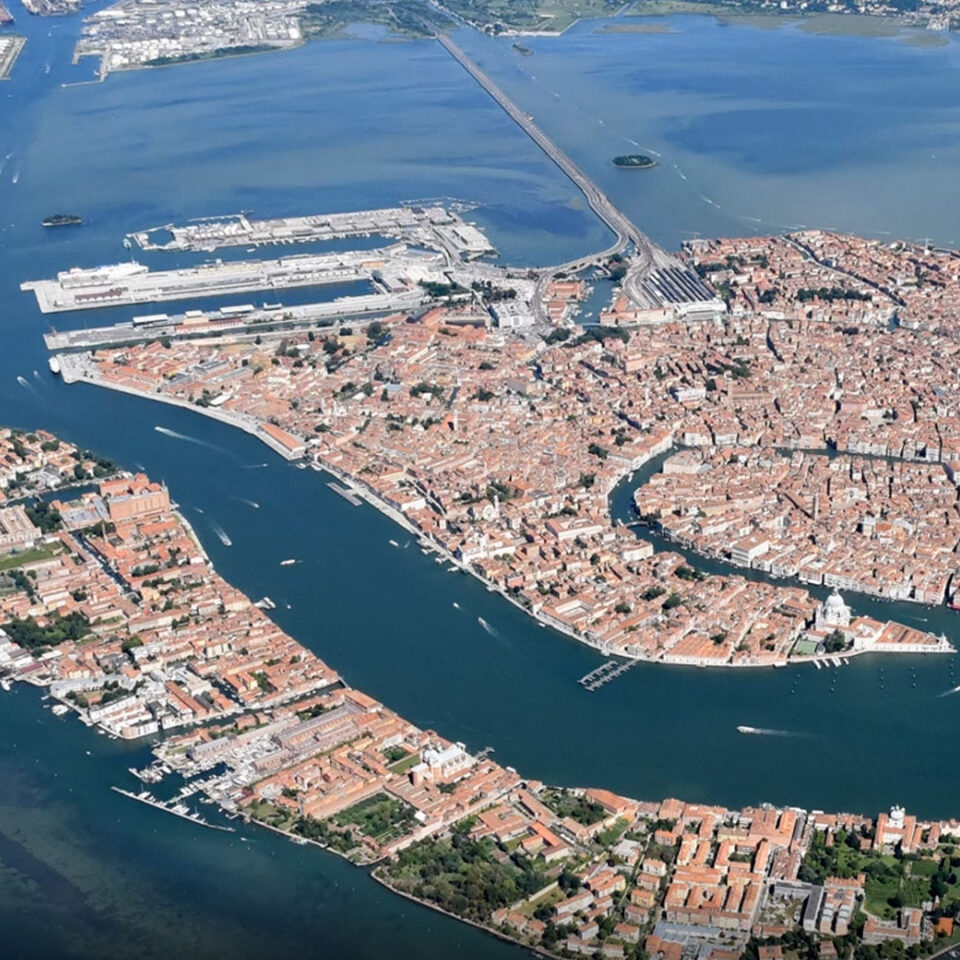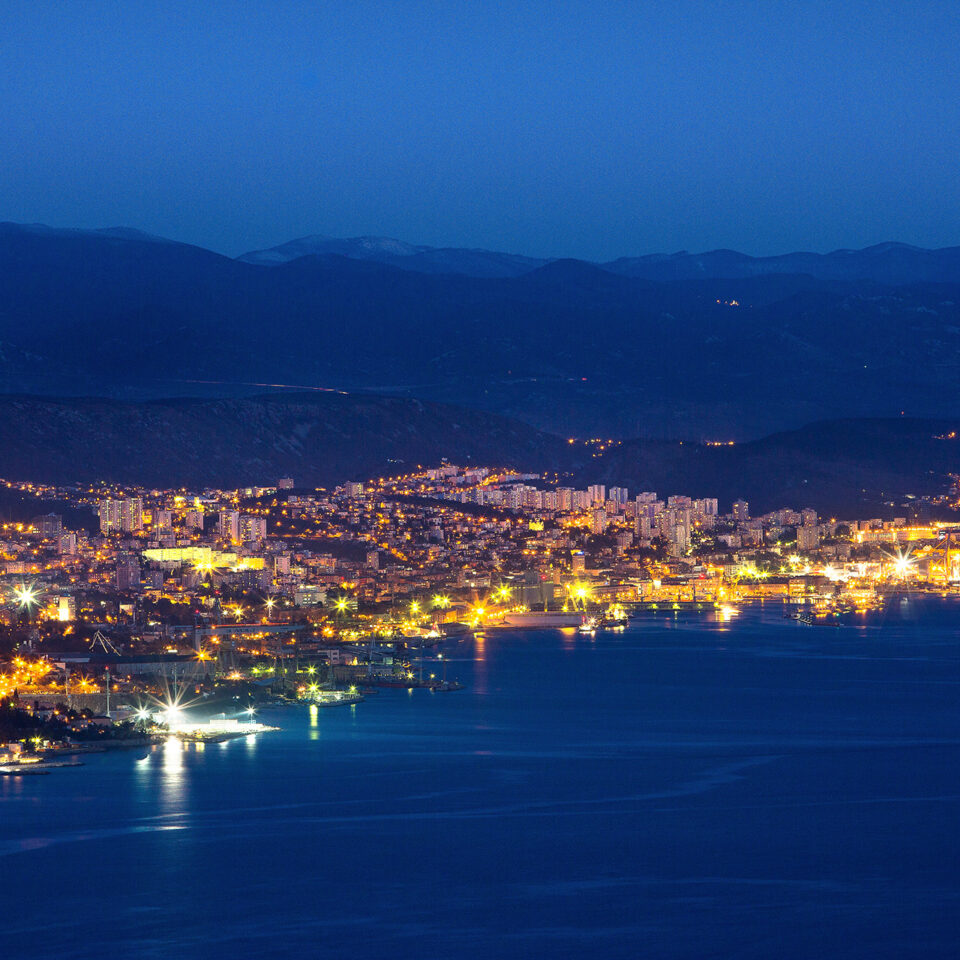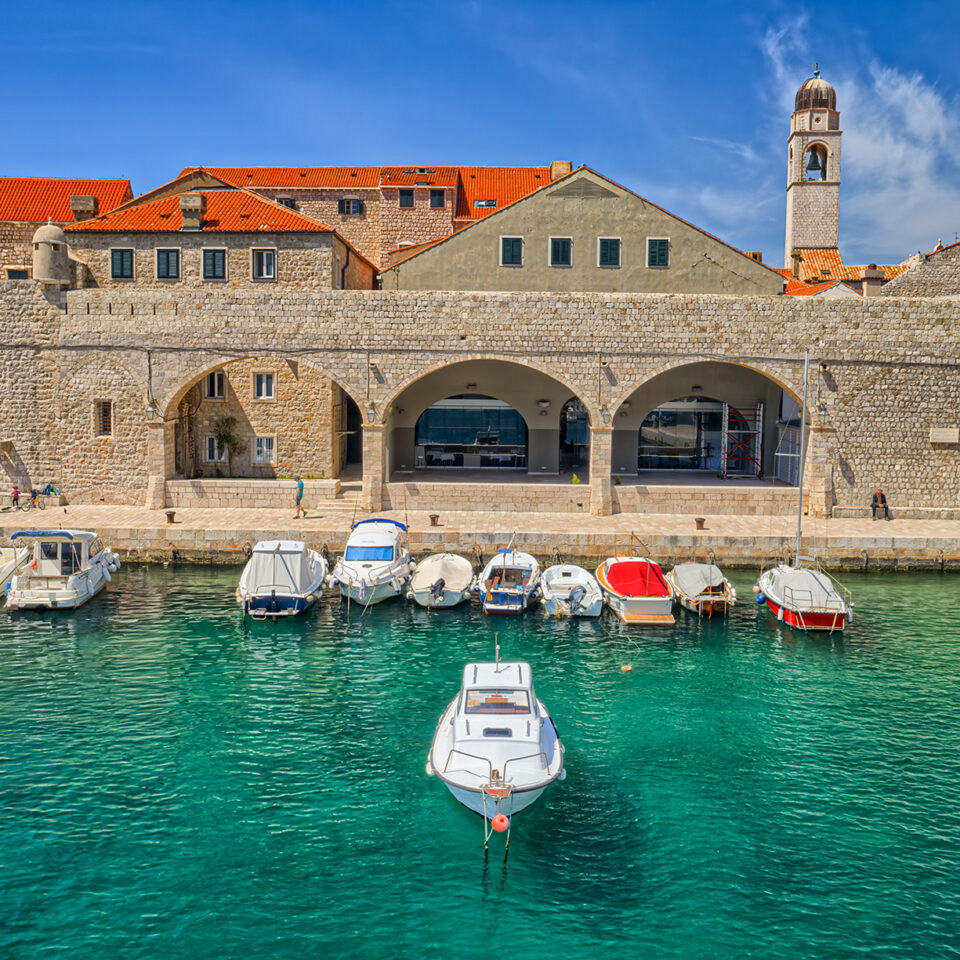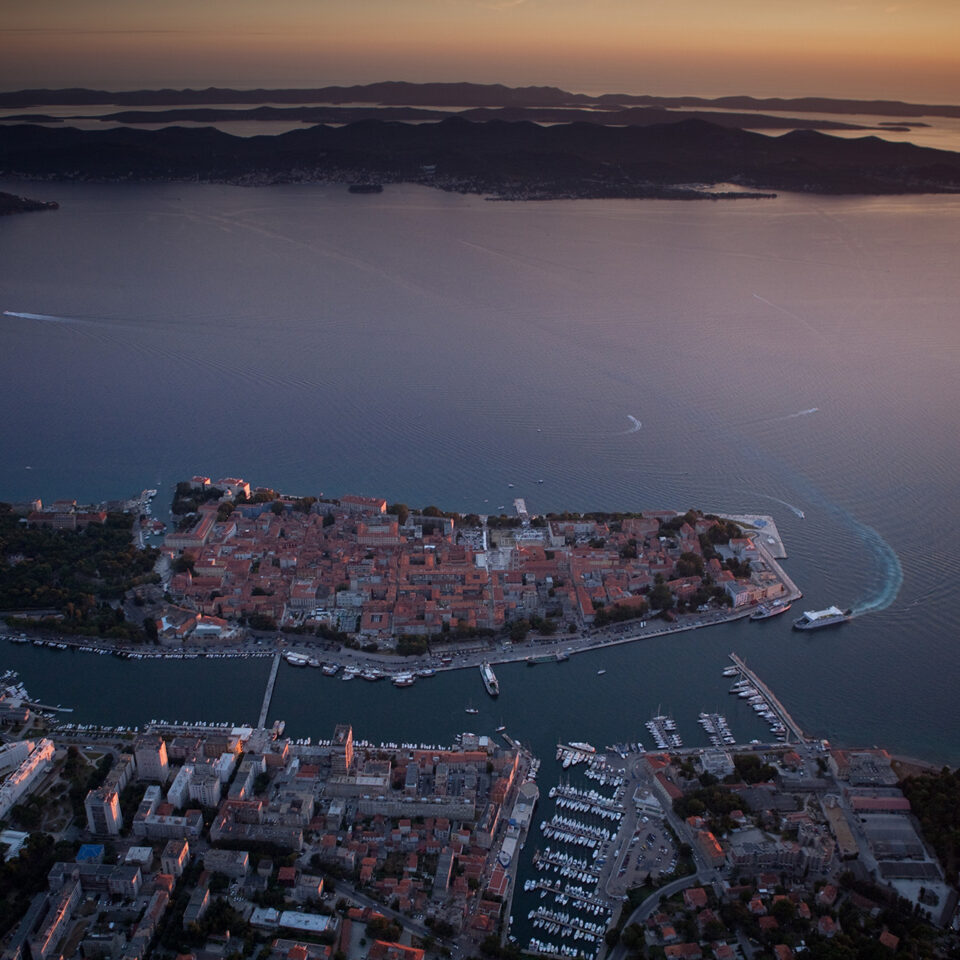

SMALL ARSENAL
The Fish Market Arsenal, later known as the Small Arsenal, was established by the decision of the Small Council on November 14th 1409, in order to accommodate municipal gullets and brigantines. It was located in central part of the harbour, on sandy shore used for a long time for the construction and repair of galleons and smaller ships.
The Small Arsenal had three sections. Construction of first section began in 1409, and in early 1412 it was decided to continue with the construction of two additional sections. It was covered with roofs supported by inner arches which featured stone roof gutters for rainwater drainage. Initially, it was connected to the city wall, but since 1613, separated from it by a street.
According to today’s visible remains of the roof structure on the city wall, the southern section was probably about 40 meters long and about 10,25 meters wide and was most probably used to accommodate galleons, while other two sections were slightly smaller, about 30 m in length, used for storing smaller warships. By the decision from 1412, it was specified that the width of the space should be 12 cubits (“lakat”), i.e. 6,5o metres. The space was expanded several times, and the final form of the Small Arsenal was achieved in 1607.
The Small Arsenal remained in function until the end of the 18th century, when the warships with oars were no longer used in Dubrovnik, and due to changes in naval technology, the arsenals lost their original purpose. During the Austrian administration in the second decade of the 19th century, the Small Arsenal was demolished, and on the area of the former third section, a new building for the Maritime-medical administration was constructed. In the 20th century, the building accommodated the Port authority and the “Miho Pracat” Maritime Club, and nowadays this area is being used as a hospitality facility.
The only preserved part of the former Small Arsenal is the north wall fragment in the building courtyard, and during renovation works on the building façade in 2003, a Gothic stone doorframe was discovered on the southern section wall built in the early 15th century.

